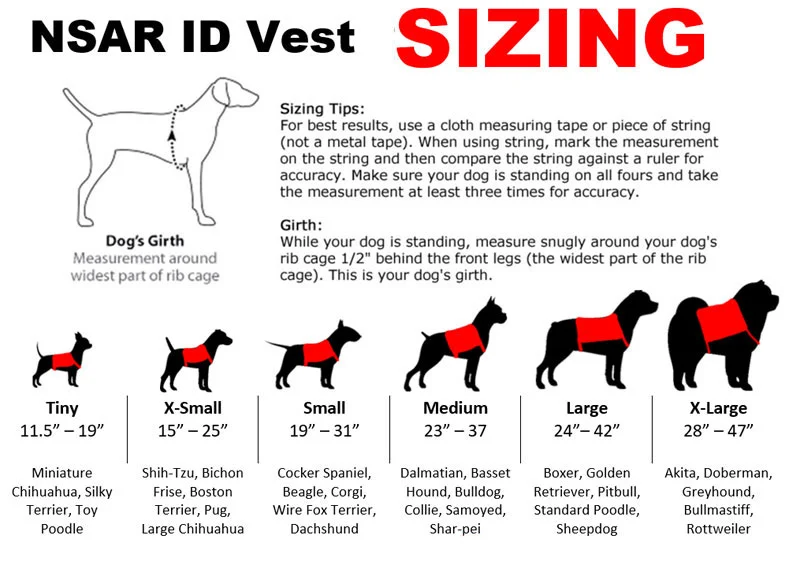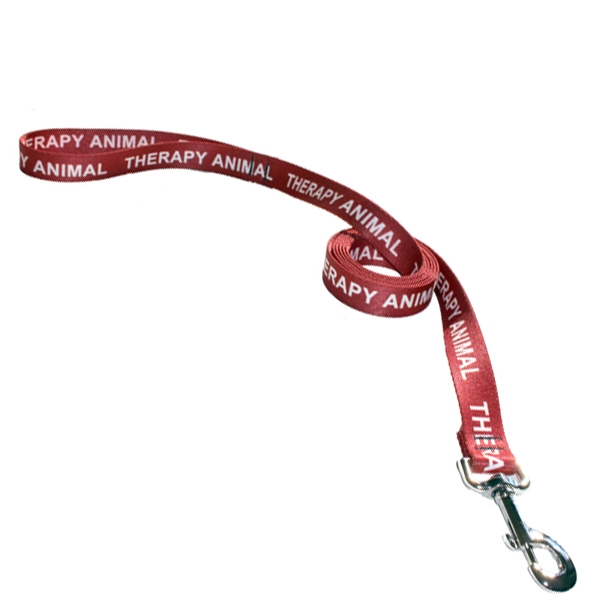
Welcome to Dog Training Education Awareness Month! This is the perfect time to embark on a journey that goes beyond the leash – a journey of understanding, communication, and building an unbreakable bond with your furry friend. In this comprehensive guide, we’ll delve into basic obedience commands, behavior correction techniques, and even touch on the world of advanced training for service dog tasks. Let’s explore the lifelong adventure of dog training, emphasizing continuous encouragement, reinforcement, and the power of positive praise.
The Basic of Dog Training: Sit, Lay Down, Stay, Heel, and No Bark
Sit Pretty: The Foundation of Obedience
Teaching your dog to sit is more than just a parlor trick; it’s a fundamental command that sets the stage for further training. Start with a treat held above their head and gently guide them into a sitting position. Say “sit” as they do so, and reward them promptly. Consistency is key here, and you’ll soon find your canine companion sitting on command.
Lay Down and Stay: Patience is a Virtue
The “lay down” and “stay” commands build on the foundation of sitting. Use treats to lure your dog into a lying position, saying “down” as you do so. Gradually introduce the “stay” command, rewarding them for holding the position. These commands not only showcase obedience but also instill patience in your pup.
Heel: Walking in Harmony
Mastering the “heel” command is essential for enjoyable walks with your dog. Use treats or toys to keep them close to your side, reinforcing the behavior with positive words. Consistent practice will transform your walks into a synchronized dance between you and your four-legged friend.
Dog Training Toys for All Sized Dogs
No Bark: A Lesson in Quiet Confidence
Excessive barking can be a challenge, but the “no bark” command provides a solution. Use a stern but not aggressive tone when saying “no bark,” and reward them when they stop. Consistency, positive reinforcement, and understanding the root cause of the barking are key elements in addressing this behavior.
Dog Training: Behavior Correction Techniques
Positive Reinforcement: The Power of Praise
The cornerstone of effective dog training is positive reinforcement. Whether it’s a treat, a belly rub, or verbal praise, rewarding good behavior encourages your dog to repeat it. Positive reinforcement creates a happy and willing learner, making the training process enjoyable for both of you.
Redirecting Undesirable Behavior
Instead of focusing solely on correcting undesirable behavior, consider redirecting your dog’s attention. For example, if your dog is jumping on guests, redirect their energy towards a designated toy or an alternative positive activity. This not only addresses the issue but also promotes a positive atmosphere.
Consistency and Patience: The Golden Rules
Consistency and patience are the unsung heroes of dog training. Dogs thrive on routine and clear communication. Be patient with your furry friend, as learning takes time. Consistent commands and expectations will help your dog understand what you want from them.
Advanced Dog Training for Service Dog Tasks
Beyond Basics: The World of Service Dog Training
Service dogs play a crucial role in supporting individuals with disabilities. Advanced training involves teaching specific tasks such as retrieving items, opening doors, or providing emotional support. If you’re considering service dog training, consult with professionals to ensure your dog meets the necessary standards and legal requirements, like National Service Animal Registry (NSAR).
Lifelong Journey: Continuous Training and Bonding
Contrary to popular belief, dog training is not a one-and-done scenario. It’s a lifelong journey that evolves with your dog’s needs. As your furry companion grows and experiences new situations, ongoing training reinforces your bond and ensures a well-behaved and adaptable pet.

Dispelling Myths: ADA’s Allowance for Legitimate Dog Training
There’s a common misconception that only professional trainers can provide legitimate service dog training. In reality, the Americans with Disabilities Act (ADA) allows anyone to train their own service dog. This inclusive approach empowers individuals to build a strong connection with their service dogs while ensuring the necessary skills are developed.
We recommend a book by Max Matthews, “Training Your Own Service Dog 2021 and Training Your Own Psychiatric Service Dog 2021” (2 books in 1) as an excellent resource to begin that training journey.
Is your dog already trained? Register and identify them to help mitigate unwanted and uncomfortable confrontations in public.
Conclusion: A Wagging Tail and a Well-Trained Heart
As we celebrate Dog Training Education Awareness Month, let’s embrace the lifelong journey of training our canine companions. From basic obedience commands to advanced service dog tasks, every step strengthens the bond between you and your furry friend. Remember, positive reinforcement, consistency, and patience are your greatest allies on this adventure. Happy training, and may your days be filled with wagging tails and well-trained hearts.
#servicedogtraining #obediencetraining #dogtraining #positivepaws #caninecompanion
Brought to you by National Service Animal Registry. Learn more about us and how to qualify your pet as a service dog, emotional support animal (ESA), or therapy animal, TODAY!





